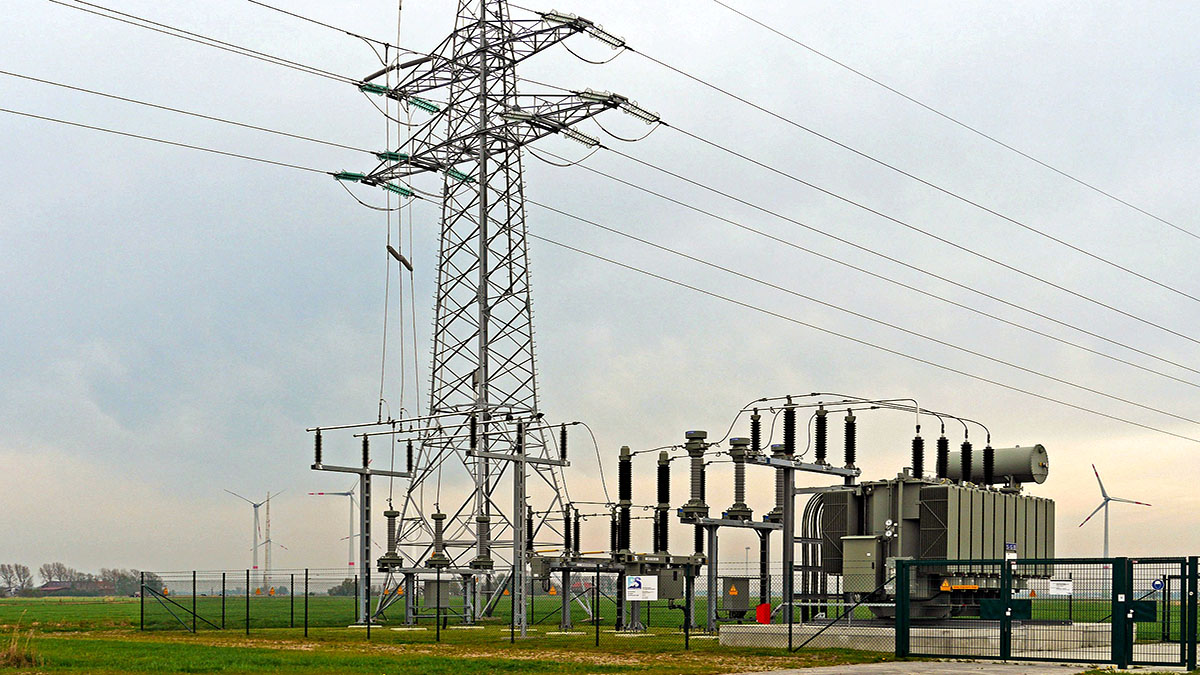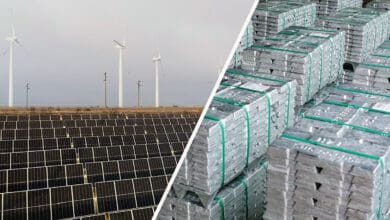Delhi Power Minister Satyendar Jain inaugurated the city’s first urban microgrid system set up at Shivalik in Malviya Nagar that will save 115 tonnes of carbon dioxide annually. The microgrid (Solar + Battery) system is set up under the Indo-German Solar Partnership Project (IGSEP). The system is capable of ensuring continuous supply from solar and stored battery energy saving from any outages, said a spokesperson of power DISCOM BSES.
Set-up at a cost of around ₹5.5 crore, the microgrid system consists of 100 KWp solar and 466 kWh Lithium-Ion Battery Energy Storage System (BESS), he said.
“Inaugurated a smart micro-grid Solar Power Station & Charging Station at Malviya Nagar. Highly grateful to the Government of Germany for their assistance. This is a great innovation in the power sector & we’re looking forward to replicate this technology on a larger scale,” Jain tweeted.
The project is commissioned by the Federal Ministry for Economic Cooperation and Development (BMZ) in Germany, which has signed an agreement through GIZ India, with the Ministry of New and Renewable Energy (MNRE), Government of India, said the BSES spokesperson.
Justice (retd) Shabihul Hasnain, the chairperson of Delhi Electricity Regulatory Commission, Norbert Barthle and Flachsbarth, parliamentary state secretaries, Federal Ministry of Economic Cooperation and Development, Germany, Winfried Damm, head of energy, GIZ India and Julie Reviere country director, GIZ India, and BSES group director Amal Sinha were present on the occasion.
The microgrid has several unique benefits, including reliable clean power-back for up to two hours, production of about 1.5 lakh units of clean energy per annum and offset of CO2 emissions of about 115 tons every year, the spokesperson said.
Microgrids offer tremendous benefits to both consumers and DISCOMs. The urban microgrids will significantly increase the reliability and flexibility of the distribution network.
At the same time, consumers can avoid installing UPS systems, generators and receive green power. Solar power generated during the day will be fed to load and surpluses can be used to charge batteries.
The microgrid helps reduce the load on a transformer and relieves pressure on the low-voltage grid (by boosting the share of renewable energy), thereby increasing reliability and increasing flexibility, the spokesperson added.














